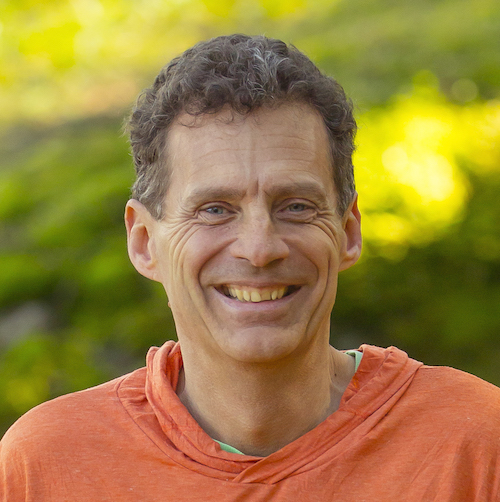
There is one crucial question to ask when faced with a decision.
Below is a clip from the movie ‘The Tender Trap’ with Frank Sinatra and Debbie Reynolds that plays out the question for both characters.
Did you recognize ‘the question‘?
Debbie Reynolds (Miss Gillis) in the video clip firsts asks Frank Sinatra (Charlie Reader) to consider the question, and then she responds with answering the question for herself.
Just as in the clip, we’ve all had experience with others, and ourselves, asking, “Why would I want to do that?”
We’re looking to another person to convince us that what they’re asking of us will be worth it for us.
How would someone else know what motivates us when making a decision?
“What’s in it for me?” is the most important question to ask yourself when faced with a choice.
Only you know what would be in it for you: what motivates you, which choice would be in your best interest.
Only you know what would be in it for you: what motivates you, which choice would be in your best interest.
Asking this question is not selfish, and doesn’t mean you’re not concerned about others. Instead, it’s about making a decision based on your priorities, values and character – what fulfills you, what brings you a sense of peace, fulfillment, happiness and is congruent with your goals and desires.
Based on the above criteria, what motivates one person may not motivate someone else to make the same choice, or they may make the same choice, but for different reasons.
This question is applicable to every choice you make.
This question is applicable to every choice you make. It shines a light on the key consequences (pros and cons) to both sides of a choice.
It will drive out the implications, repercussions and possibilities for each possible outcome of a decision.
If you choose X over Y what happens? What’s the:
- Worst outcome?
- Best outcome?
- Benefits and challenges of the new choice?
- Benefits and challenges of ‘status quo’?
- Possible regrets of choosing one over the other?
It’s that simple, but it’s not easy… well, at least not at first. It takes a concerted effort to delve into the decision. It’s imperative to be honest with yourself. But complete honesty comes with a caveat; doing so can bring up uncomfortable realities – like limiting beliefs about yourself, the world, as well as what you fear.
It’s best to be honest with yourself…
If the choice scares you a bit, it’s probably worth looking into further. What about it scares you?
- Fear of failure?
- Fear of success?
- What others might say/think?
- Lack of confidence?
- You won’t measure up to others?
This is a great opportunity to ask, “What’s the worst outcome and can I live with it?”
I have used this technique in making significant decisions in my life: forging into the unknown of recovery, ending my first marriage, leaving an long-held career and way of life, entering into a new relationship and choosing a minimalist lifestyle.
I also used this awareness when making seemingly less significant choices – how I want to respond in a difficult conversation, whether to attend a family function, what to eat, what to purchase, what my exercise routine is, whether certain beliefs are still helpful…
Knowing what ‘was in it for me’ with each of those decisions was paramount in making the right choice, for me, at that time in my life.
Asking myself if I could live with the worst outcome, how important was the best outcome, and knowing my fears, were all instrumental in making decisions with confidence and clarity – without regret.
The alternative was to continue making decisions as I had in the past: based on what was comfortable, what has worked before, what was expected of me, what was easy and what provided a ‘quick return on investment’.
The outcome of ‘short-term gain’ based decisions can bring long-term painful consequences.
The outcome of ‘short-term gain’ based decisions can bring long-term painful consequences.
Asking ‘What’s in it for me?’ isn’t selfish, it’s self-care and it leads us down the path of accountability and self-empowerment.
Ultimately, we are responsible for every decision we make. Each choice shapes the quality of our lives. When we understand why we make the decisions we do, we become empowered and accountable.
The Choice Comparison Matrix tool lays out this process for you. It’s free and easy to use. I urge you to give it a try.
 I write to inspire others to greater self-empowerment, authenticity, and improved emotional and mental well-being.
I write to inspire others to greater self-empowerment, authenticity, and improved emotional and mental well-being.
I am the author of the unique personal development novel The Shift Squad.
If you like what you read please subscribe for updates, share my articles with others, and add your comments below.
You can connect with me via email at [email protected] , on Facebook, Twitter, and LinkedIn.
Be Empowered. Make Authentic Choices And Enhance Your Quality Of Life.
